Imagine that it is 1837, a year that marks the beginning of the Gooderham & Worts Distillery. Canada is not yet a country, it is a British Colony and a young 18-year old Queen Victoria was just crowned the British monarch. Toronto was barely a city built upon the muddy shores of Lake Ontario and had just survived a series of pandemic cholera epidemics that killed 20% of the population.
Five years earlier in 1832, Gooderham & Worts began as a wind-powered grist mill along these muddy shores. Today, you can still see the original circle of the red brick that once lay at the base of the mill.
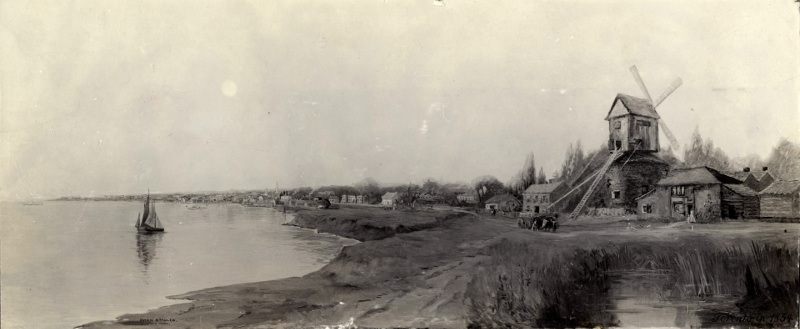
There were two founders of the mill: James Worts and William Gooderham, both were friends and brothers-in-law who came to Toronto from Suffolk, England in 1831. The bulk of the mill set-up was done by Worts, whose family owned a mill in Bungay, Suffolk; he was financially backed by Gooderham.
At the time there were no producers of wine or whiskey in Canada and the country was dependent on the import of spirits from other countries. The industry was ripe for the taking.

But, Worts would never live to see the mill become a distillery in 1837; he committed suicide on 18 Feb 1834, shortly after the death of his wife (8 Feb 1834) and just before the death of his daughter Ann (22 Feb 1834) and his teenaged son William (1834).
It was Wort’s second son, James Gooderham Worts, who took over his father’s share in the milling business and with the help of William Gooderham started what would become one of the longest-running businesses in the city and also Toronto’s largest employer and taxpayer.
In the decades since its beginning, the distillery would expand, be destroyed by fire, merge with Hiram Walker to become Hiram Walker-Gooderham & Worts, sell grain alcohol for use in other products like vinegar, become one of the top producers of acetone during World War 1, and survive both the Temperance Movement and the Great Depression. With all this history under its belt, the company eventually closed its doors in 1990.
But, the life of the distillery doesn’t end here. It was one of the first Victorian-era complexes build in the city; and, literally shows on every historical map of Toronto.
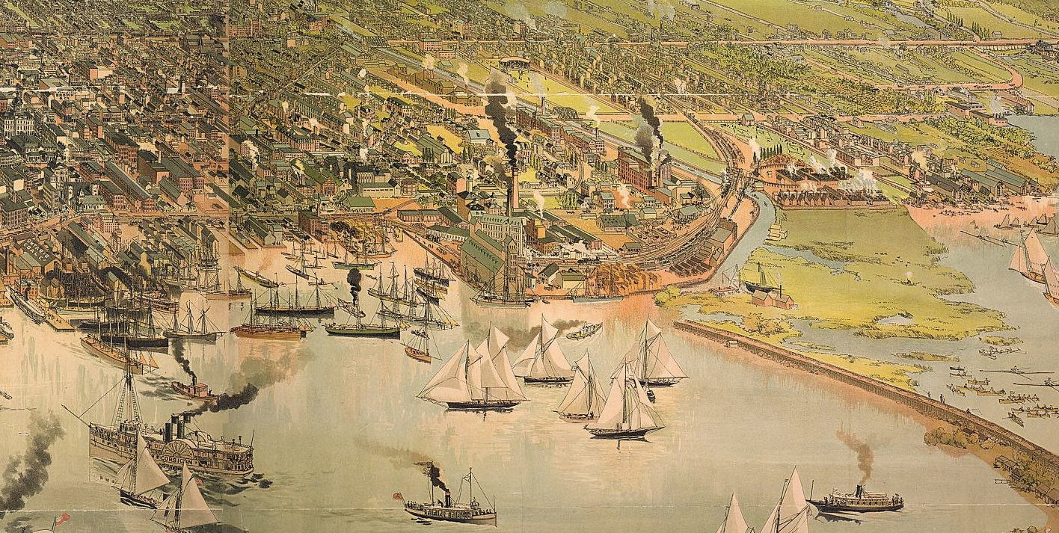
It is a pristine example of Victorian architecture and when cities like New York and Chicago were tearing down their historical structures, Toronto was preserving theirs. As such, when the distillery closed, the area found a new life as a set location for the filming of TV shows and movies. To date, an eye-popping 1700 productions have used the site… including Canadian staples like Road to Avonlea and the movie Chicago.
In 2001, the District was restored and transformed the area into a pedestrian-only village.
The Christmas Market
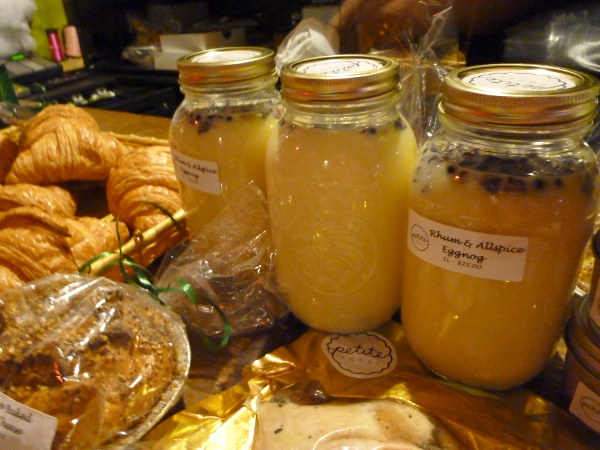
The Distillery District draws a large number of tourists and foodies to the area for a bit of weekend and evening shopping/eating. In December, the Christmas Market packs an unbelievable number of people to the cobblestone streets. And, it doesn’t matter the weather, people still come, the booths still open, the restaurants are still steamy, and packed with people. There are performers and people dressed in period costumes wandering the streets.
As it happens, the weather in Toronto has been unseasonably warm, so that means even more people pack the small streets looking to buy artisan food, toys, clothing, and other Christmas-y goods. This place is great for stocking stuffers.
Our new Prime Minister got into the Christmas spirit and spent an evening interviewing and wandering the area. During our evening visit, the ladies who worked the booths couldn’t stop talking about his appearance.
Where to eat in the Distillery District? (Top 3)
There are a lot of restaurants in and around the district. Yes, they are expensive. Yes, they draw a lot of yuppie tourists. But the experience is second to none and in coming to the district you can almost guarantee a great night out. If anything, it’s difficult to get a reservation without planning ahead.
El Catrin
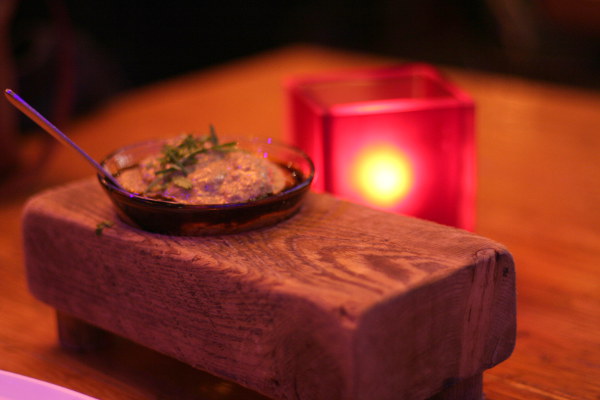
The restaurant is located in the former Boiler House of the distillery. When you first walk in you’ll see a huge mural along the back wall. This mural took three Mexican artists almost 100 days to paint.
The restaurant’s head chef (Olivier Le Calvez) comes directly from Mexico City; he was stolen away and brought to Canada for his prowess in Mexican cuisine served with a European flair. He was named one of the Top 10 chefs in Mexico by Buena Mesa Magazine, a Spanish language foodie publication.
The menu offers tapas-style dishes with a twist (and you can add crickets to your guacamole). To this day, I’ve not been able to walk away from El Catrin merely full. Seems my eyes are bigger than my stomach when it comes to their menu.
Boku
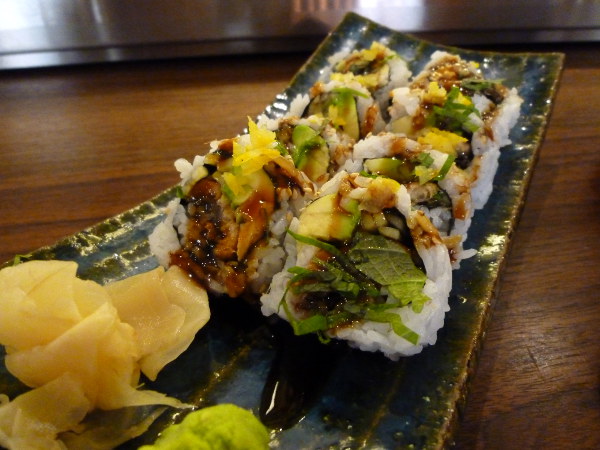
No one talks about Boku when they talk about eating in the Distillery District. In fact, it’s like this little restaurant is passed over as people make their way to the restaurants on Tankhouse Lane. While trying to find it, we asked several people for directions to the restaurant, and no one knew. It’s a hidden gem, which means we were able to walk in without a reservation… during a Christmas Market evening… as people packed the cobblestone streets outside.
It’s tiny. We sat at the bar, which meant the sushi chefs could hear us critique the food as it came. We made them giggle a few times… there was definitely a smile or two, and with each new dish that appeared in front of us, it was elevated to a new level. They serve unique combinations of both aburi and nigiri sushi.
Cluny Bistro
This French restaurant is pretty like a cake… and really hard to get into most evenings, which is impressive because of all the restaurants I’ve seen in the area, it has the biggest space. It’s further along on Tankhouse Lane (near the back entrance) and the gorgeous interior was designed by Munge Leung Design.
It’s not surprising that the restaurant is popular. The head chef (from Ontario) has had his proverbial fingers in most of the successful pies around the city: Canoe, Auberge du Pommier, Jump Restaurant, Stock Restaurant, and Truffle’s Cottage in Leeds UK, where you need to book 6-months in advance to simply get in.
When eating here, I never make it past the specials menu. It’s all delicious and I can never decide so that seems like a good strategy. As an added bonus, they’re not too snobby to make gluten-free bread in house… and it is just as good as the regular bread.
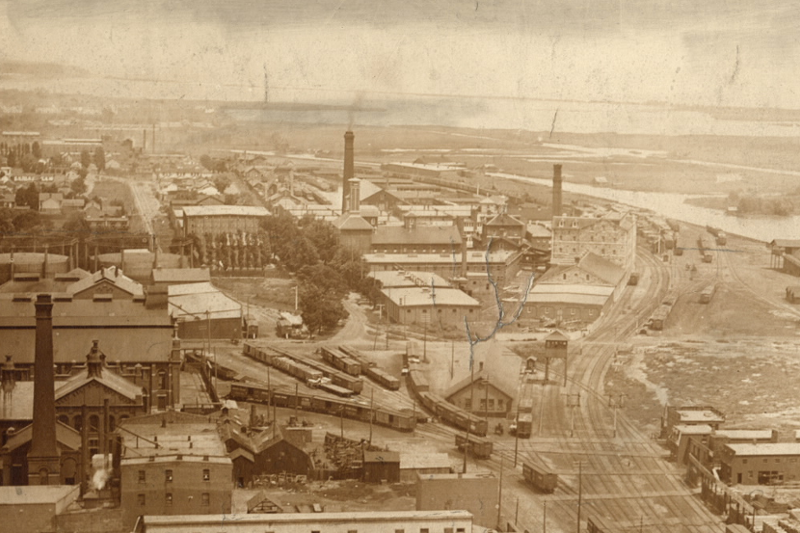
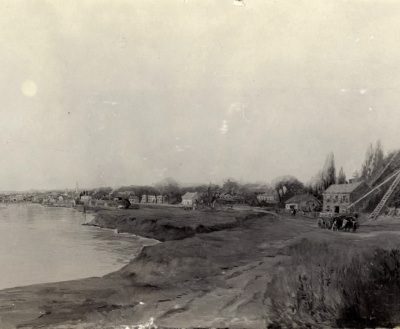
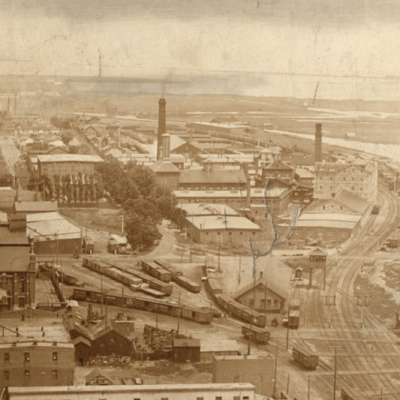
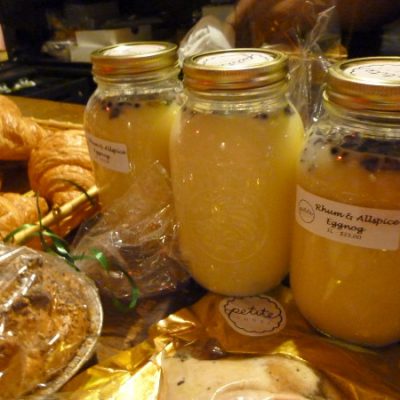
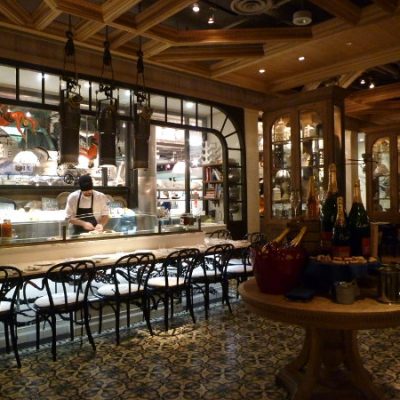
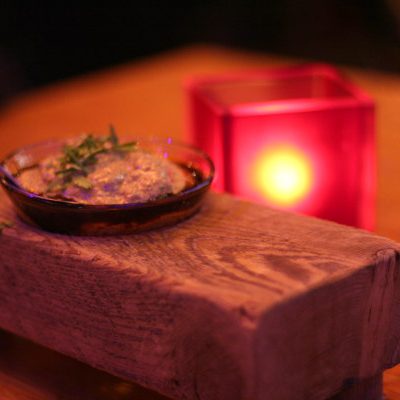
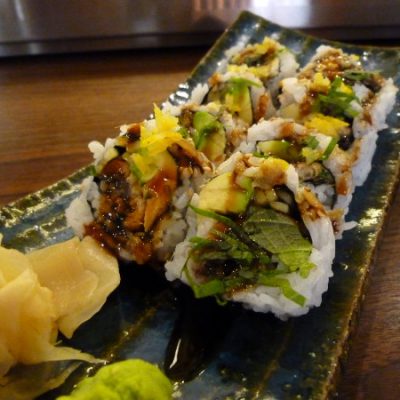
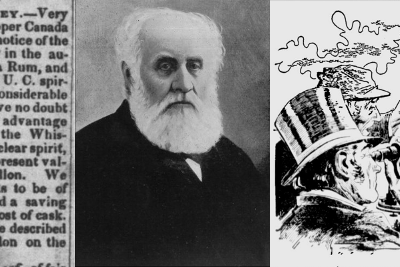
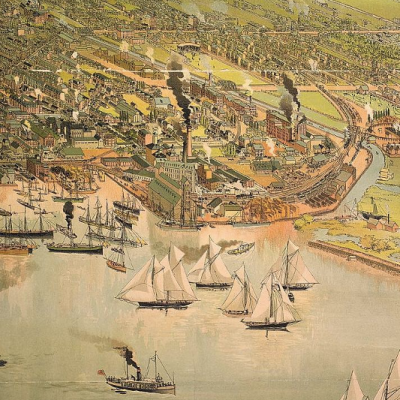
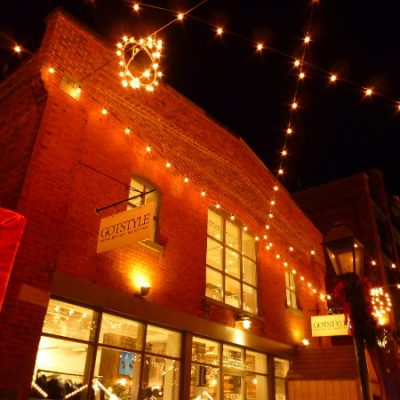
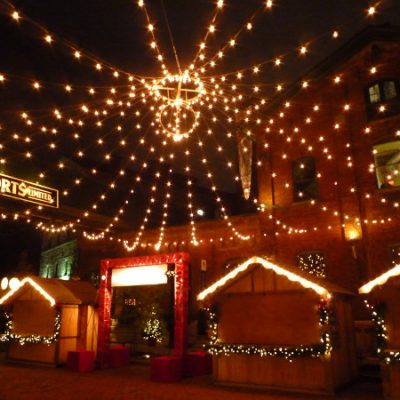

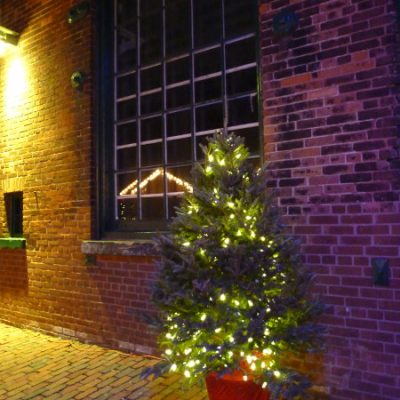

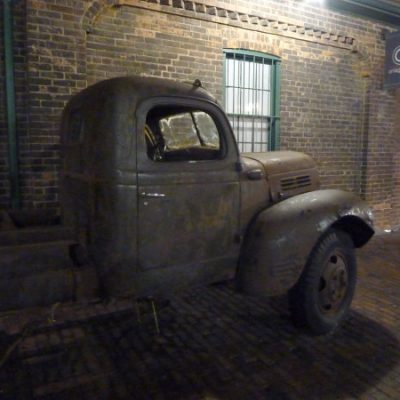
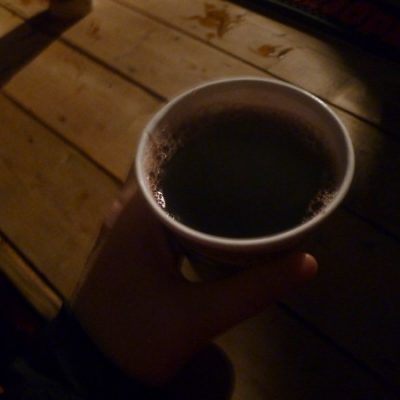

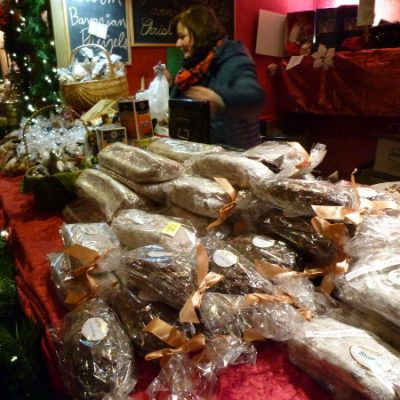
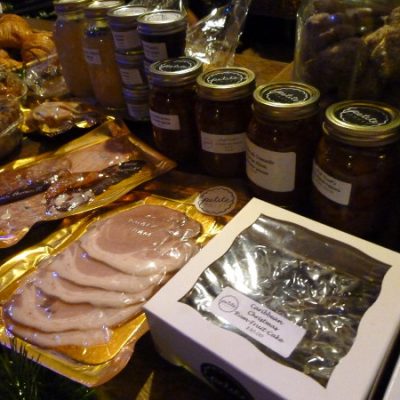
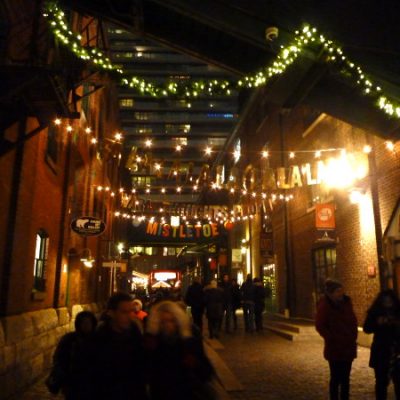
0 comments on “Victorian Toronto: Gooderham & Worts”Add yours →